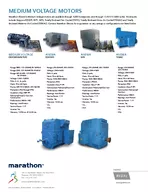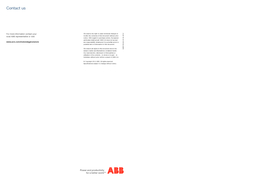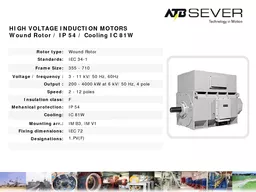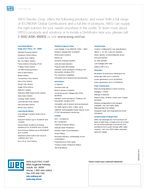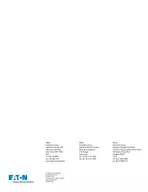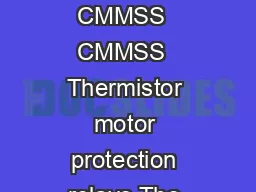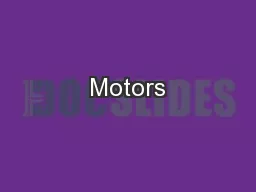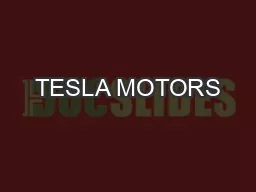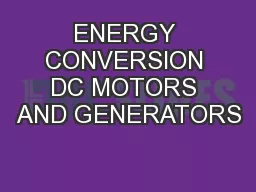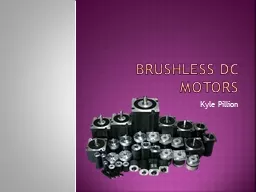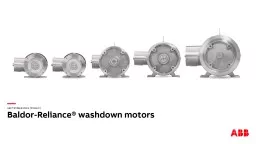PPT-What are DC Motors?
Author : luanne-stotts | Published Date : 2017-03-19
DC motors are configured in many types and sizes including brushless servo and gearmotor types A motor consists of a rotor and a permanent magnetic field stator
Presentation Embed Code
Download Presentation
Download Presentation The PPT/PDF document "What are DC Motors?" is the property of its rightful owner. Permission is granted to download and print the materials on this website for personal, non-commercial use only, and to display it on your personal computer provided you do not modify the materials and that you retain all copyright notices contained in the materials. By downloading content from our website, you accept the terms of this agreement.
What are DC Motors?: Transcript
Download Rules Of Document
"What are DC Motors?"The content belongs to its owner. You may download and print it for personal use, without modification, and keep all copyright notices. By downloading, you agree to these terms.
Related Documents


